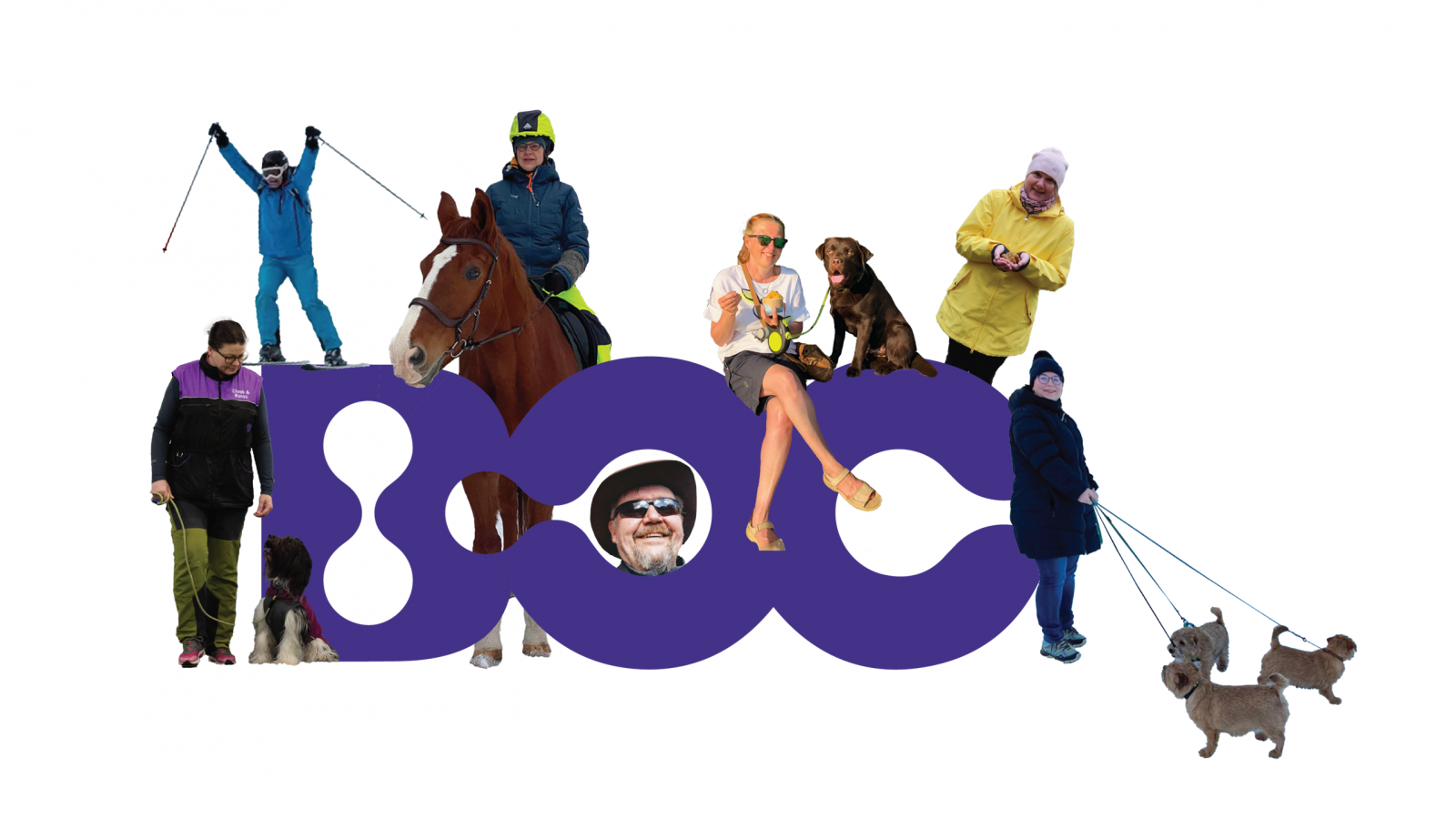CoEBoC’s group leaders: Minna Kellomäki, Katriina Aalto-Setälä, Jari Hyttinen, Pasi Kallio, Susanna Miettinen and Susanna Narkilahti. Affiliated group leader: Sanna Hagman.
Authors: Oskari Kulta, Promise Emeh, Alma Yrjänäinen, Anastasiia Yiannacou, Karim Ameziane, Johanna Laakkonen and Siiri Suominen, Miina Björninen
Image: Karim Ameziane
Decades of cell biologists and engineers finding the common language
Almost two decades of collaboration are at the root of CoEBoC’s activities. As expressed by all group leaders, CoEBoC groups have a vast array of expertise in both engineering and biology. “Due to the nature of body-on-chip research, engineers cannot tackle the subject solely through the lens of engineering and conversely, biologists cannot purely think through the perspective of biology”, states Susanna Narkilahti. “Solutions often require compromising” she adds.
“The culture has moved towards doing (research) together”, says Susanna Miettinen, when describing CoEBoC’s recent activities. It is often thought that different project parts can be developed separately, then simply put together into functioning solutions. However, as observed by Narkilahti, “We have learned over the years that we cannot simply do so”.
Academic research now and then.
Science evolves constantly and so does the scientific community. One of the most significant changes came with the internet allowing people to be connected all the time. Minna Kellomäki, the director of CoEBoC has lived through the communication transition during her professorship. She sees that technology has brought flexibility in balancing work and free time – which for one in a high academic position can often be mixed up. “You don’t have to be online all the time”, she points out the importance of learning to tune out. She also thinks that electronic communication is more formal if not knowing the person from face-to-face situations.
Pasi Kallio highlights the growing number of collaborations between different groups as a positive phenomenon in today’s research community. On the other hand, Jari Hyttinen thinks that international competition has become an increasing trend while publications seem to have a growing value.
Miettinen, in turn, raises the differences in funding models: “Before the research was funded via basic funding models but today the money flows from different funds and financiers. It would be great to have more stable funding sources for researchers again in the future.”
The freshest group leader can still be found doing laboratory work
When it comes to daily routines, Sanna Hagman, the newest group leader affiliated to CoEBoC, has rather exceptional opportunities to do some lab work while most of the group leaders have not had time to do that in years. “Even though I greatly enjoyed lab work earlier in my career, nowadays I am happy to plan and manage the research since I’ve not done wet-lab research for years”, Katriina Aalto-Setälä affirms. Most of the group leaders have a day full of meetings with their researchers, collaborators, and the university staff. Often the work follows them home which is the best place to have the focus time for reading and writing.
The ‘Rough Month’ for group leaders
There is no denying that every group leader experience periods of extremely laborious work yearly. Kallio and Miettinen both agree that a good example of such periods would be the approach of a proposal deadline. September, the deadline for the Academy of Finland is referred to as the ‘Rough Month’, Narkilahti affirms.
In terms of administrative work, Kellomäki explains that the end of the year tends to be the busiest as contracts, budgets and money spending need to be assessed before the new year. Academic work such as thesis and courses get busy at the start and end of every semester.
Teamwork and passion overcome uncertainty
Narkilahti also points out that some level of uncertainty is part of a researcher’s everyday work. Luckily, this sometimes-overwhelming feeling can be managed with careful planning and teamwork. “Seeing the results of hard work pay off in the form of granted funding or new publications easily overcome the cons of the work”, Kallio tells.
Even more rewarding according to group leaders is having great people with different personalities and ideas working together towards a common goal. “Different personalities are the salt and sugar in our life”, Kellomäki muses. Also, as true scientists, scientific discoveries and developing research teams are at the top of the list.
How to eat an elephant? Message to the young generation
“Believe in yourself and your research – it will be rewarded”, Hagman emphasizes when asked for the message to young scientists. “You also need to be ready to make compromises while holding on to your dreams”, Miettinen adds. Aalto-Setälä reminds that there’s no need to plan everything in too much detail – “it’s better to stay open for different possibilities”.
Narkilahti offers more practical advice. Beating complicated challenges in an academic career or research work is like eating an elephant: “One toe at a time”.
In the coming months, we will publish individual interviews of our group leaders and learn from their stories and experiences of being group leaders.

